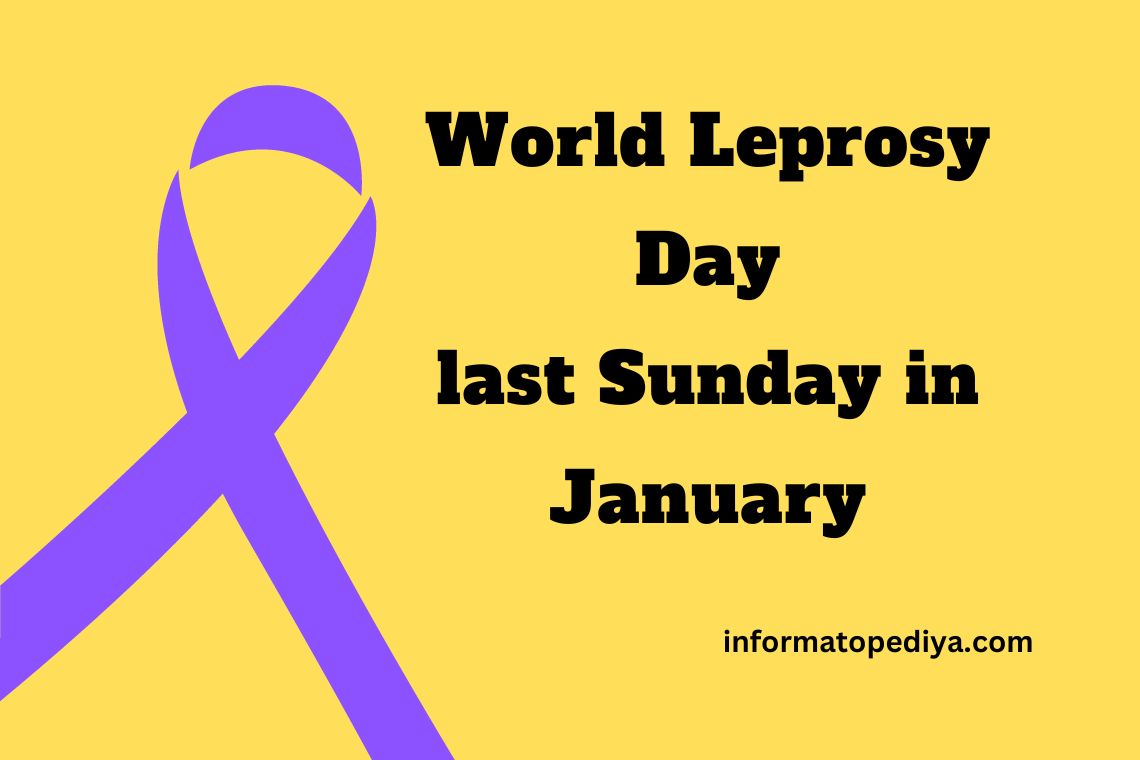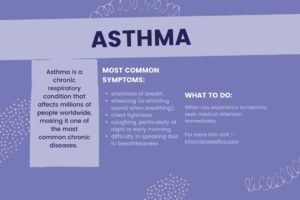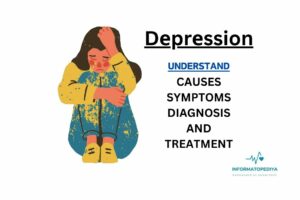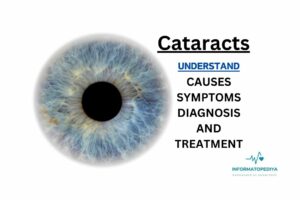
World Leprosy Day: Shedding Light on a Stigmatized Disease
Table of Contents
Introduction:
World Leprosy Day, celebrated on the closing Sunday in January, serves as a global platform to elevate recognition about leprosy, additionally known as Hansen’s sickness. This day’s pursuits are to dispel myths, lessen stigma, and sell early detection and remedies for leprosy. In this complete article, we are able to delve into the history, contemporary fame, demanding situations, and worldwide efforts within the fight against leprosy.
History:
Leprosy, one of the oldest recorded diseases in human history, has left an indelible mark on societies throughout the ages. It is due to the bacterium Mycobacterium leprae and, on the whole, impacts the pores and skin, peripheral nerves, mucosa of the upper breathing tract, and eyes. Throughout history, leprosy has been surrounded by fear, a lack of understanding, and social stigma, leading to the isolation and marginalization of individuals stricken by the disorder.
The Origins of World Leprosy Day:
World Leprosy Day may be traced back to the efforts of Raoul Follereau, a French author and philanthropist, and Sister Marie-Simone Ponce, a Roman Catholic nun. Follereau, deeply moved by the plight of leprosy patients he encountered at some stage in a visit to Africa, committed his existence to raising awareness about the sickness and preventing the stigma related to it.
In 1953, Raoul Follereau hooked up the International Federation of Anti-Leprosy Associations (ILEP), and the primary World Leprosy Day was discovered on the ultimate Sunday of January in 1954. Since then, this present day has turned out to be an important annual occasion within the global fight against leprosy.
Current Status of Leprosy:
Despite huge progress in the treatment of leprosy, the disease continues to affect susceptible populations in diverse parts of the world. According to the World Health Organization (WHO), there were over 200,000 new instances of leprosy pronounced globally in 2021. While this represents an extensive decrease from the past, the endurance of recent cases highlights the continuing demands of putting off leprosy completely.
Challenges in Leprosy Elimination:
The fight against leprosy faces multifaceted challenges, ranging from inadequate consciousness and chronic stigma to the complex nature of the disease itself. Stigma and discrimination related to leprosy often lead to delayed analysis and treatment, contributing to the unfolding of the disease and exacerbating the struggles of affected people.
Lack of focus on approximately leprosy signs and symptoms, coupled with confined access to healthcare in certain regions, poses a full-size barrier to early detection and intervention. Additionally, the extended incubation period of the microorganism and the slow development of symptoms make leprosy a challenging disease to deal with comprehensively.
Efforts in Leprosy Elimination:
International agencies, governments, non-governmental companies (NGOs), and healthcare experts collaborate in diverse projects to eliminate leprosy. The WHO released the Global Leprosy Strategy 2016–2020, which aimed to reduce the worldwide sickness burden, encourage early detection, and get rid of leprosy-associated stigma.
Key components of leprosy elimination efforts include:
- Early Detection and Treatment:
Promoting early detection through community-primarily based consciousness campaigns and making sure timely get-right of entry to multidrug remedy (MDT) remains a cornerstone within the combat against leprosy.
- Stigma reduction:
Addressing and dispelling myths and misconceptions surrounding leprosy is important to lessen stigma. Education campaigns that emphasize the curability of the disease and the importance of inclusive communities make a contribution to converting societal attitudes.
- Research and Innovation:
Continued research into improved diagnostic equipment, remedy regimens, and information on the immune response to leprosy is important for advancing the field and developing more powerful techniques.
- Community Engagement:
Involving groups in the design and implementation of leprosy programs ensures a holistic and culturally touchy technique. Empowering affected people to advocate for their rights and difficult discriminatory practices fosters a more inclusive society.
Global Initiatives:
Various international groups, consisting of the WHO, ILEP, and The Leprosy Mission, work collaboratively to coordinate efforts, share nice practices, and advise on improved assets to remove leprosy. These businesses emphasize the importance of a comprehensive and incorporated approach that addresses the scientific, social, and economic aspects of leprosy.
Article Reference:
For readers interested in a deeper understanding of leprosy and its international impact, references including the WHO Global Leprosy Update and publications by means of corporations like The Leprosy Mission offer treasured insights.
Conclusion:
World Leprosy Day stands as a poignant reminder of the continued challenges confronted by individuals affected by leprosy and the collective responsibility to eliminate the sickness’s physical and social effects. As we replicate the development made and the paintings that lie ahead, let us recommit ourselves to fostering a world wherein leprosy is not most effectively curable but wherein the ones affected are embraced with compassion and dignity, free from the shackles of stigma and discrimination.






